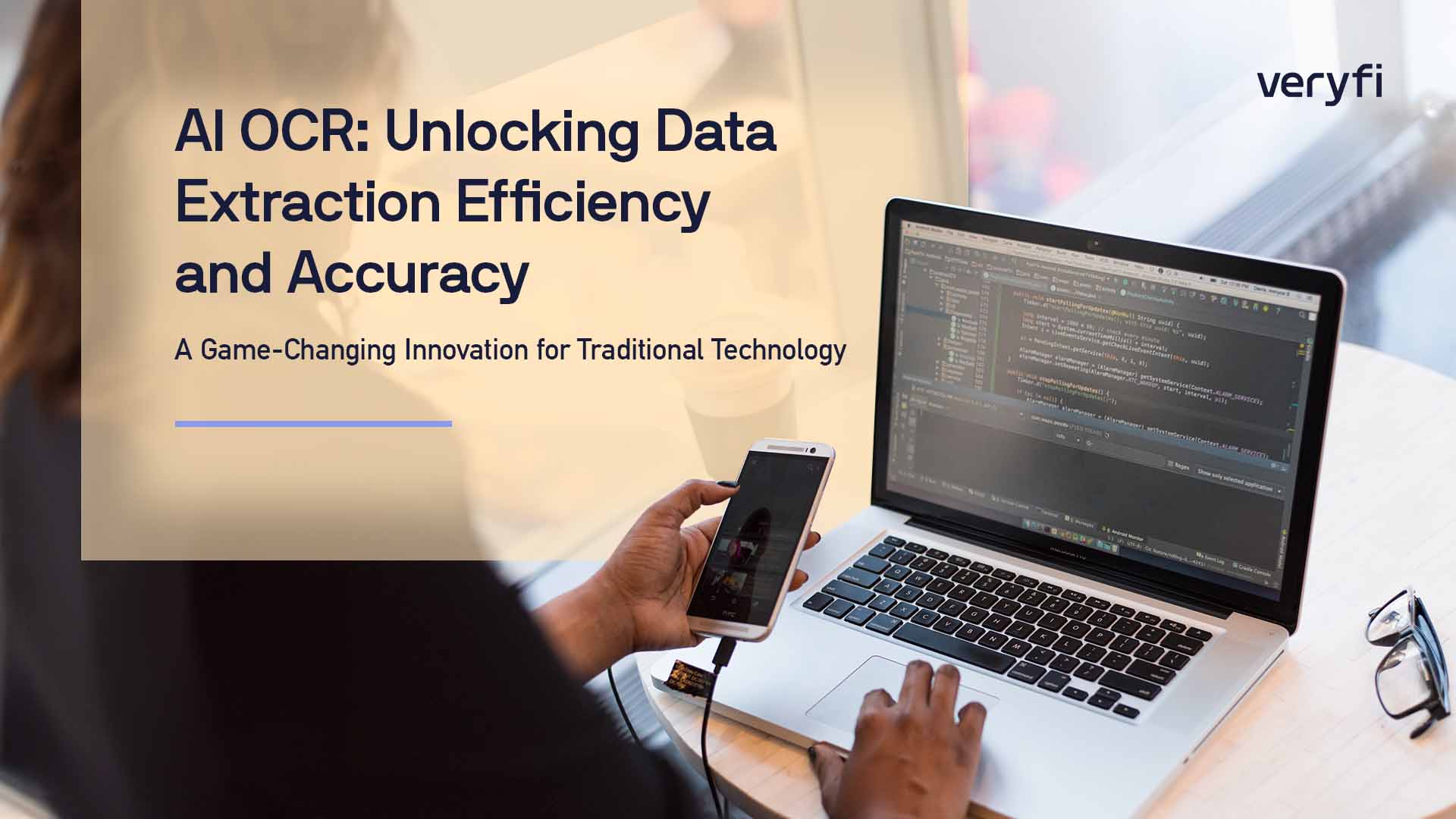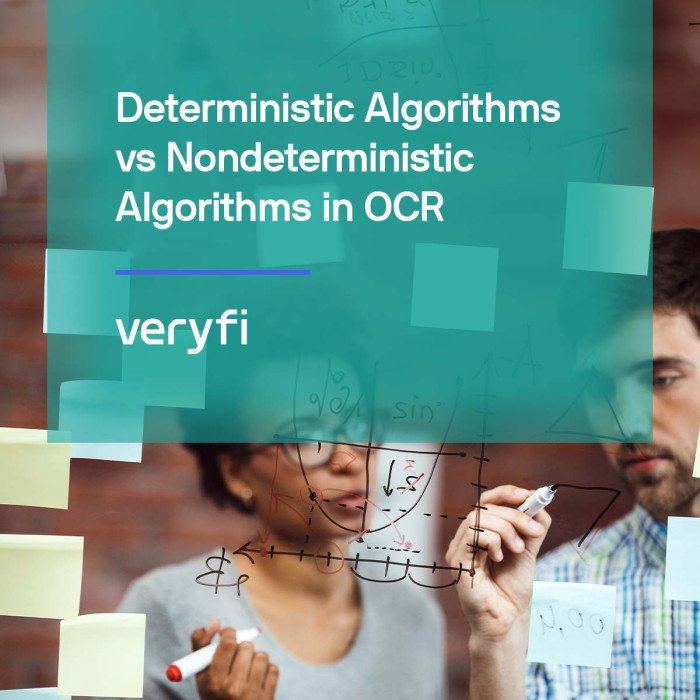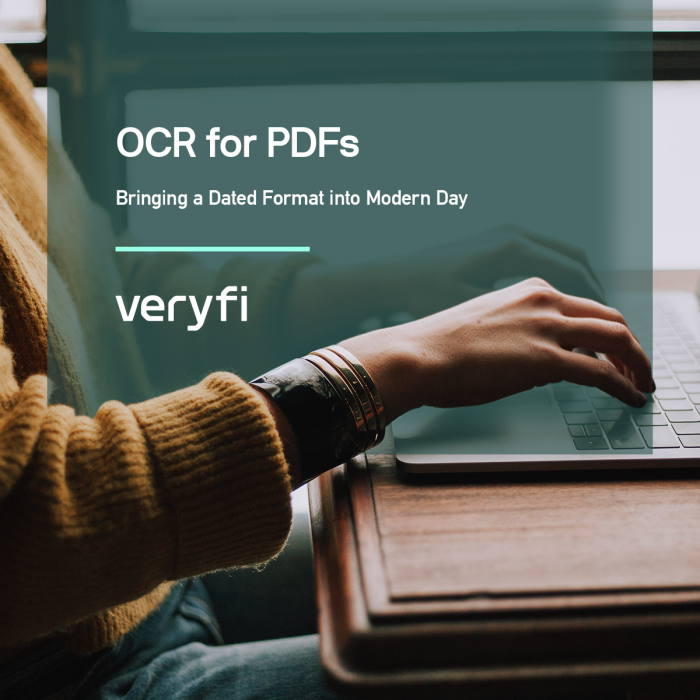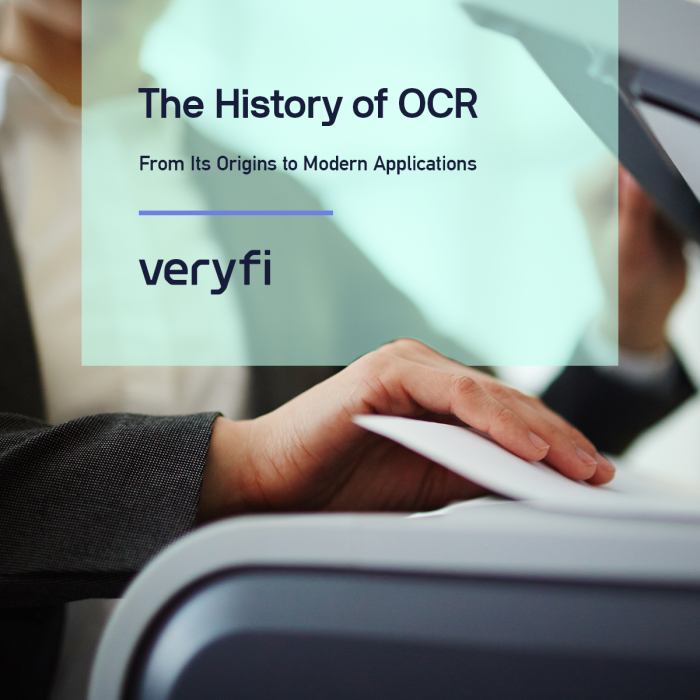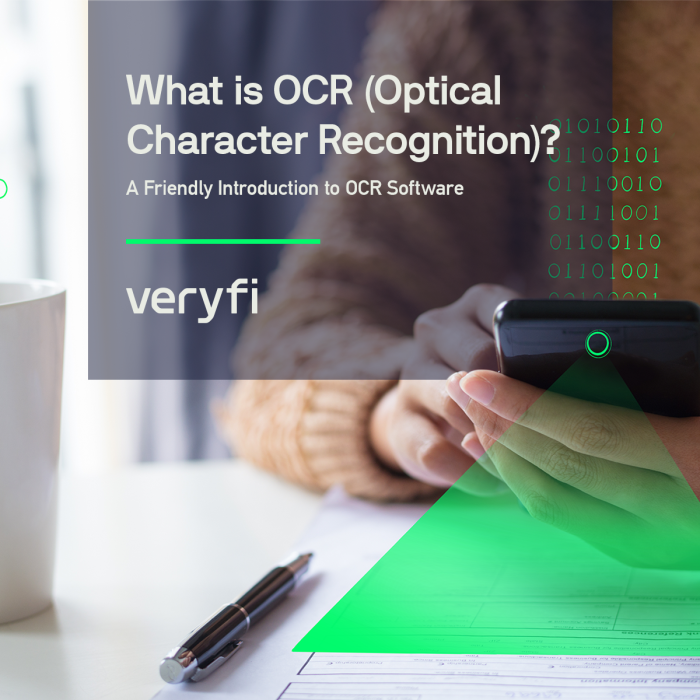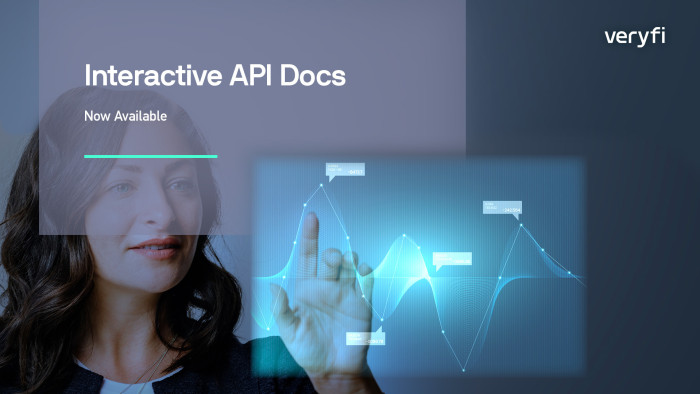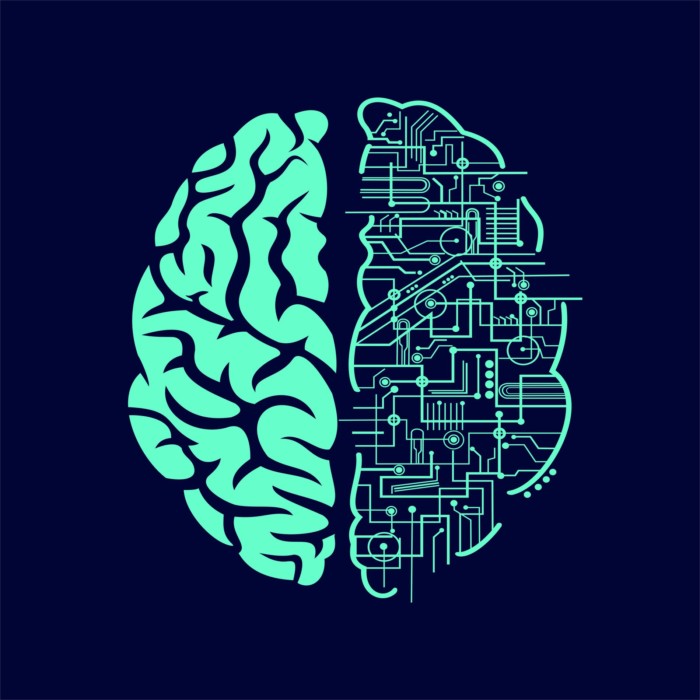A Game-Changing Innovation for Traditional Technology
Optical Character Recognition (OCR) has been a game-changer in digitizing and extracting information from documents. However, traditional OCR technology has limitations in accurately recognizing characters in documents with poor image quality, processing complex layouts, and handling cursive text. Accordingly, the emergence of Artificial Intelligence (AI) and Machine Learning (ML) is driving a new iteration of OCR technology, known as AI OCR, that is part of the 4th Industrial Revolution and revolutionizing data extraction with improved efficiency and accuracy.
Understanding AI OCR
AI and ML are subsets of computer sciences that enable computers to learn from data patterns to optimize their performance. By applying AI/ML concepts to OCR capabilities, AI OCR can significantly enhance data extraction accuracy across a broader set of circumstances, making it an indispensable tool for numerous industries.
Major Technology Advancements
AI-based OCR has several advantages over traditional or template-based OCR technology:
- Improved accuracy: It can detect and recognize characters with higher accuracy, even in cases where the text is distorted, low-quality, or obstructed by background noise. It also can fill in small gaps in text due to poor image quality or other visual obstructions.
- Enhanced layout and formatting versatility: The technology can efficiently analyze complex document layouts, identifying columns, tables, and other formatting structures, making digitization more accurate in preserving the original formatting.
- Handling handwritten and cursive text: Traditional OCR often falters when it comes to handwritten or cursive text. AI OCR algorithms have improved significantly in this area, making handwritten data extraction more accurate and reliable.
- Multilingual OCR support: The technology can recognize characters and languages beyond English, allowing organizations to process multilingual documents seamlessly.
AI OCR Use Cases and Industries
Industries are increasingly adopting the technology for numerous applications, including these leading use cases::
- Fintech Software: Expense management and bill payment solutions often suffer from poor user experience due to tedious manual data entry or ineffective OCR technology. AI OCR can transform the user experience by instantly and accurately extracting and categorizing line item details from expenses submitted for reimbursement.
- CPG/FMCG and Loyalty Marketing Companies: Purchase validation using receipts is time-consuming and frustrating for consumers, limiting participation in loyalty programs and inhibiting revenue growth. With AI OCR, consumers can instantly validate purchases while CPG brands like PepsiCo unlock valuable cross-basket insights.
- Accounts Payable & Finance: Processing invoices, receipts, and financial statements in high volumes can be time-consuming and prone to errors. AI OCR can automate this process, detecting essential information with minimal error.
Considerations For Evaluating AI OCR Solutions
- Data privacy and security: Strict privacy is required when processing sensitive information through any AI-based system. Important features include no humans-in-the-loop (HITL) and security like SOC 2 Type 2 to prevent unauthorized access or data breaches.
- Training AI models with quality data: The accuracy of AI models depends on quality training data. The best AI OCR solutions come pre-trained on hundreds of millions of documents. They are also trained across different document types, layouts, languages, currencies, and countries to produce Day 1 Accuracy™.
- Integration with existing systems: Seamlessly integrating AI OCR software with existing systems and processes requires a developer-friendly OCR API. To enable incorporation into other apps, the API must support common programming languages like Python.
- Continuous learning and model improvement: AI models continuously learn. Therefore, an AI Training API must be provided so that any user feedback is captured for subsequent model training.
Continuous Learning, Continuous Innovation
As AI OCR technology continues to develop, we can anticipate significant trends and developments:
- Increased use of CNNs and LLMs in AI OCR: Today, very few solutions are actually using CNNs and LLMs. The Veryfi OCR API Platform is leading the industry in adoption of CNNs and LLMs for advanced data extraction.
- Increased adoption across industries: More industries will recognize AI OCR as an essential tool for data extraction and processing, resulting in far greater efficiency.
- Expanding use cases beyond document processing: AI OCR is likely to expand into new applications, such as enhanced data extraction features in augmented reality. Imagine being able to see translated text on a receipt or hotel folio in real time!
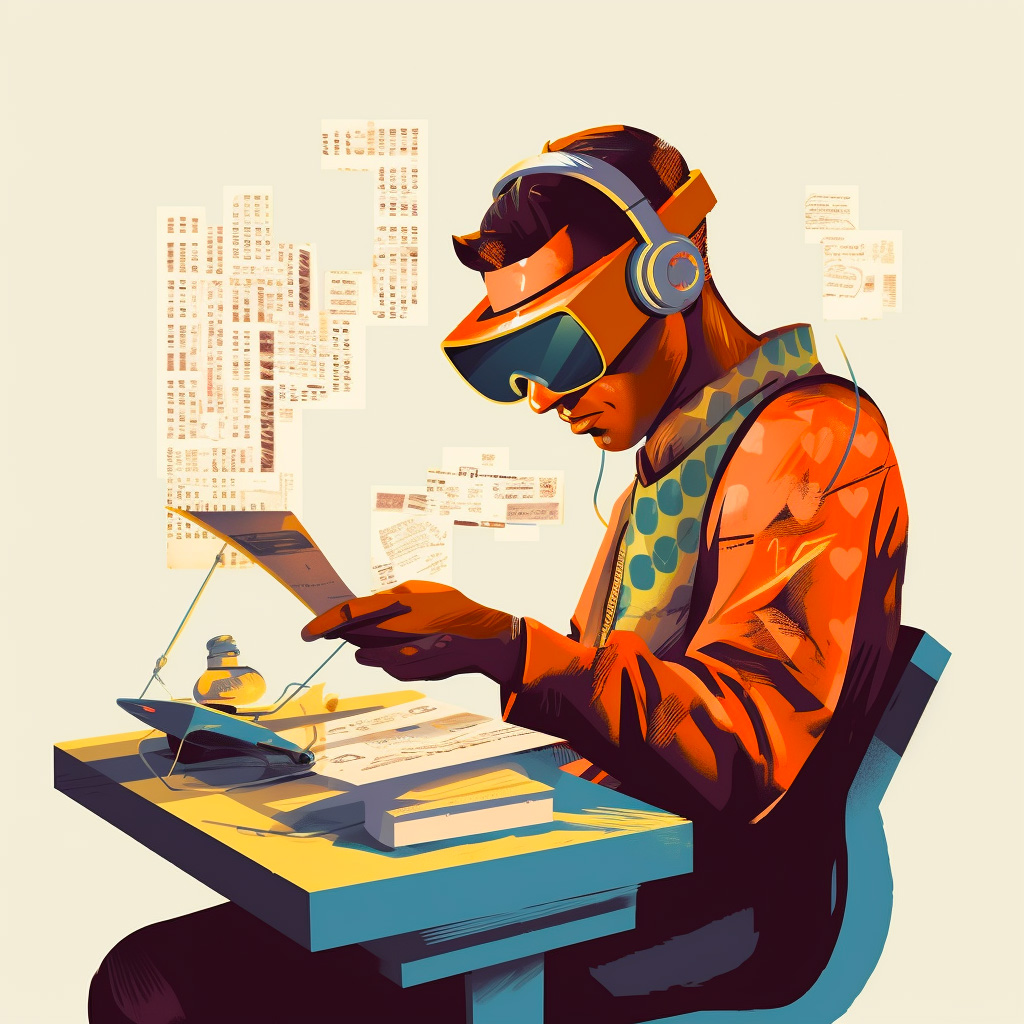
Unlock New Levels of Efficiency and Accuracy
The introduction of AI-powered OCR has improved the efficiency and accuracy of data extraction from various document formats. As industries continue to recognize its potential, companies must broadly adopt the technology to stay competitive. By staying abreast of technology advancements and incorporating those capabilities into their own apps and business processes, organizations can unlock new levels of efficiency and accuracy that will fuel their success.
To experience the Day 1 Accuracy™ of our AI-powered technology, simply upload a receipt in the free web demo below. And, if you’re ready to explore further, sign up for a free account today!
